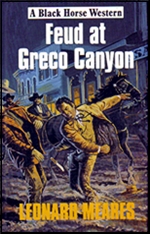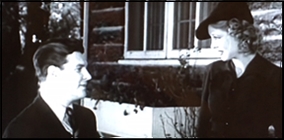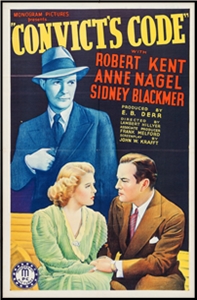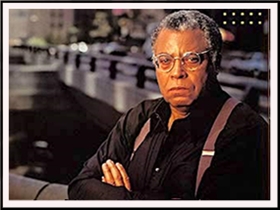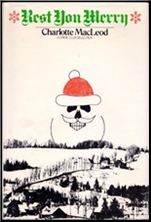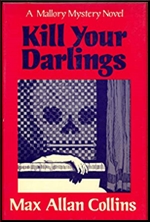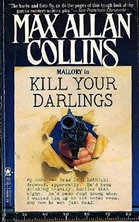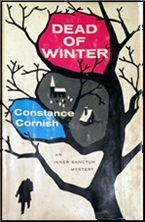Sat 6 Mar 2021
Diary Review: SUPER-SCIENCE FICTION, February 1958.
Posted by Steve under Diary Reviews , Magazines[2] Comments
SUPER-SCIENCE FICTION, February 1958. Cover: Kelly Freas. Overall rating: 2 stars.
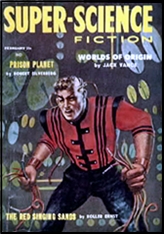
JACK VANCE “Worlds of Origin.†Novelette. [Magnus Ridolph #10.] Magnus Ridolph uses cultural analysis to solve a murder in space. Maybe a good idea, but it turns out a bit ridiculous. (1)
ARTHUR ZIRUL “Secret Weapon.†A Trade Bureau agent discovers a planet inhabited by beings with telekinetic powers. Without a name author it must take more than length for novelette status. [The story is two pages longer than the one by Vance.] (2)
KELLER ERNST “The Red, Singing Sands.†A woman must choose which of two beings is her husband and which a Martian. (2)
ROBERT SILVERBERG “Prison Planet.†Novelette. After 500 years of isolation a planet once used for deporting criminals is discovered to be relearning the secret of space travel. Predictable. (3)
CALVIN M. KNOX “The Happy Sleepers.†The world’s population begins to fall into continuous sleep, but without affecting the brain’s activity. (2) [NOTE: Calvin M. Knox was a pen name of Robert Silverberg.]
RICHARD R. SMITH “The Old Timer.†Two Earthmen learn too late the oldest Martian’s secret (2)
ROBERT F. YOUNG “Time Travel Inc.†An obvious story of two men’s journey through time to witness the Crucifixion. (3)
